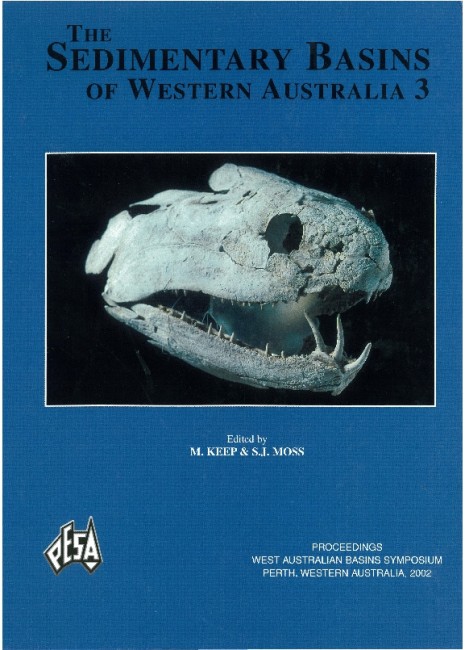Publication Name: The Sedimentary Basins of WA
Authors: J. Woodworth, L. Evans & Y. Tsvetnenko
Publication Volume: 3
Date Published: December 2002
Number of Pages: 26
Reference Type: Book Section
Abstract:
The presence of cuttings piles contammg high concentrations of drilling fluids are of concern on the North West Shelf of Western Australia, as drilling fluids have the ability to persist in the environment. Previously, several types of aerobic and anaerobic assays have been used to obtain comparative rates of biodegradation of drilling fluids. Most of these laboratory-based biodegradation assays utilise an aqueous media. However, a method which determines absolute biodegradation rates of drilling fluids using a solid-phase media is considered tobe more representative of conditions on the sea floor surrounding drilling operations and within the cuttings piles.
This paper discusses the results gained from MERIWA Project M290 to develop a solid phase biodegradation
assay to demonstrate the biodegradation rate of synthetic drilling fluids that are used on the North West Shelf. The half-lives of six drilling fluids {four ester, one iso olefin and one paraffin) were determined by adding the base fluids to a solid-phase matrix then inoculating with both anaerobic and aerobic bacteria and incubating in flow-through sea water at 24?C in the dark. The half-lives varied between esters, ranging from 15 days to 57 days at initial concentrations of 100 ppm. The half-lives calculated for the paraffin and iso olefin base fluids at 100 ppm were 35 and 20 days respectively. In all treatments the half-lives increased with increasing concentrations.


